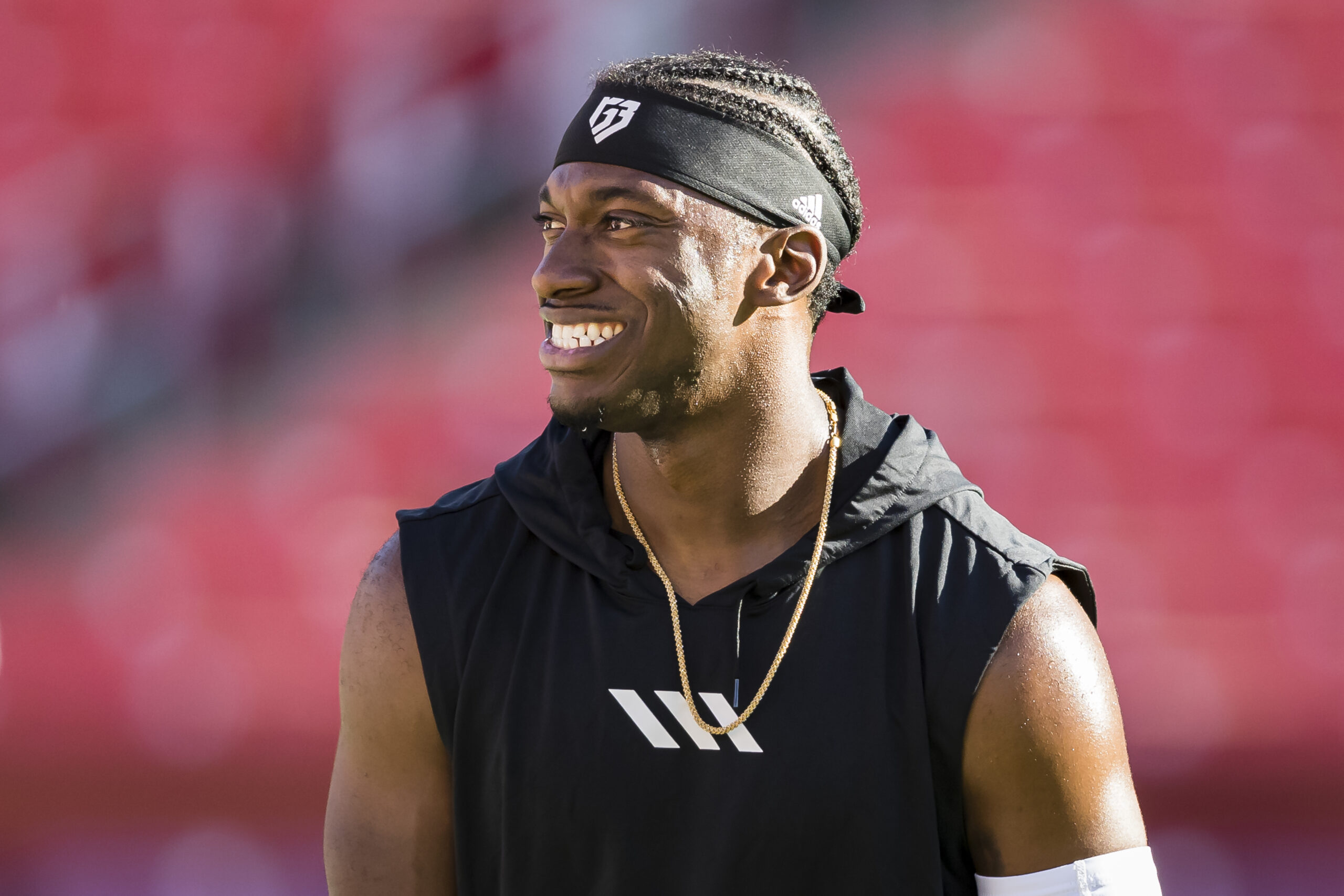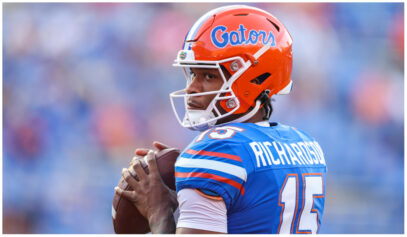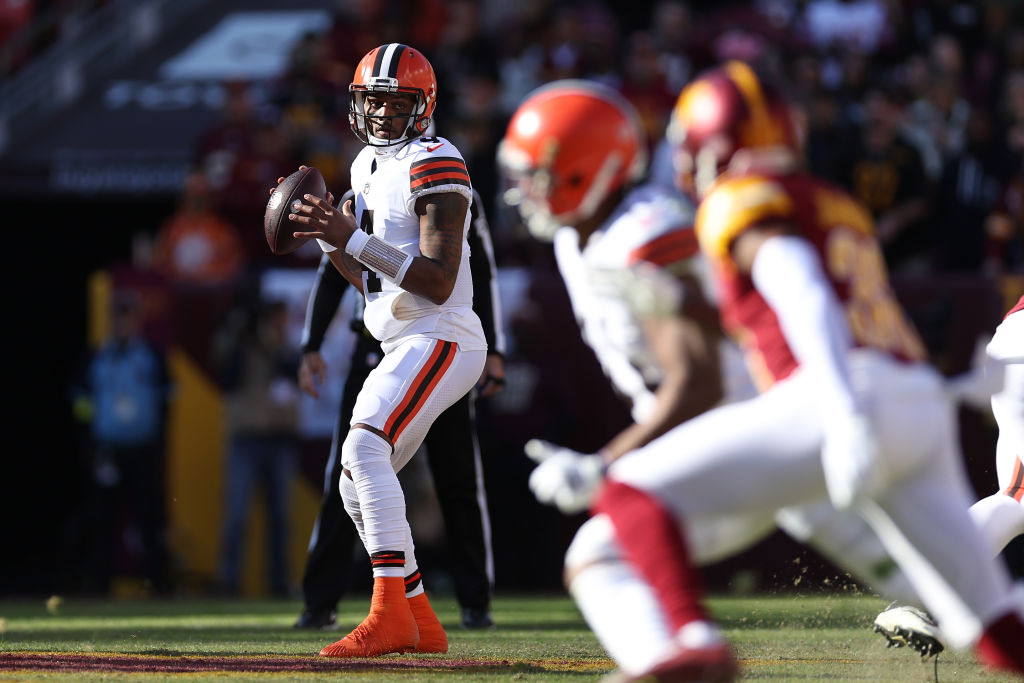We visit with the Syracuse legend in his hometown of Long Island.
In the next installment of our continuing series, College Football Narratives, The Shadow League visits Long Island, the hometown of Syracuse University’s legendary quarterback Don McPherson, who took the Orangemen on a magical ride during his senior year in 1987. For those that witnessed that undefeated campaign, they’ll never forget his amazing accomplishments as he elevated a regional program into a national power.
[jwplayer aLv7Hel8]
Don McPherson has always been somewhat of an outlier. The well-worn and often told narrative of the African-American football player is that sport is the avenue to a better life, the ball providing a first-class ticket out of the hood and toward stardom.
But McPherson’s story is representative of many players who counter that stereotypical notion.
His father was a detective with the NYPD and his mother was a Registered Nurse. They emigrated to Brooklyn, New York from Jamaica in their teens, where they initially met.
His family lived in a small African-American enclave on Long Island called Lakeview, which was nestled between Rockville Center, an affluent white community, Malverne, which was somewhat less affluent but lilly-white, and Hempstead, a diverse, working class area.
Today, with the likes of J.T. Barrett at Ohio State, Lamar Jackson at Louisville, Deshaun Watson at Clemson and Alabama’s Jalen Hurts, among many others, leading their teams at the upper echelon of college football, no one blinks an eye at a black quarterback that thrives in a passing system.
[jwplayer R4sXi5KT-mSAzeEFV]
But the environment and the landscape in 1982 was altogether different. The majority of coaches at big-time college programs, and fans alike, saw black players as merely athletes who couldn’t handle the mental demands of being a passing quarterback. They could run the option, sure. But the prevailing theory was that they could not thrive as drop-back, pocket passers.
McPherson told every school that recruited him that he would not consider playing wide receiver or defensive back, that he was strictly a QB. And Syracuse was adamant that they did not want him to change positions, they wanted him as their signal caller.
His college career was not of the fairy tale variety. Injuries and a mediocre team derailed his ascension to stardom early on, but by his senior year, all of that changed.
Syracuse opened the 1987 season with five straight wins and walked into their home match-up with the 10th-ranked Penn State eager to prove that they were one of the country’s best teams. The Nittany Lions, the defending national champions, had destroyed them the previous year, 42-3.
On Syracuse’s first play from scrimmage, McPherson connected with wide receiver Rob Moore for an 80-yard touchdown pass. He threw for 336 yards and two more touchdowns that afternoon. He also ran for two additional scores. The Orangemen raced out to a 41-0 lead before eventually winning 48-21.
McPhersons profile was no longer restricted to football fans on the east coast as his popularity and sizzling performances exploded onto the national stage. He was being mentioned as the countrys best player and touted as one of the leading candidates for the Heisman Trophy.
He passed for 4,168 yards and ran for 722 more, accounting for 46 touchdowns during his junior and senior seasons, transforming Syracuse from a regional program to a national football power. He won the Davey OBrien and Johnny Unitas Awards after the regular season as the nations top quarterback. He also won the Maxwell Award, which is annually given to the College Player of the Year. He came in second in the Heisman voting to Notre Dames Tim Brown.
He was also named the Most Outstanding Offensive Player at the Sugar Bowl, where the fourth-ranked Orangemen tied with sixth-ranked Auburn, 13-13. Despite many Syracuse fans being angry at Auburn, who went for the tie in the games closing moments instead of the win, Syracuse finished its first undefeated season since 1959.



